Wreck Thursday - What Happened to the Staircases
Earlier this week, we used two photographs of the Olympic’s grand staircases to examine what those spaces, so grand and iconic, looked like on Titanic. While no known photographs of Titanic’s grand staircases exist, the forward grand staircase location on the wreck has been extensively documented in both video and in photographs.
What was found when the area was first explored by Dr. Robert Ballard, using the submersible Alvin and the early ROV Jason, Jr. (sometimes JJ for short), was both a blessing and a curse. The curse was that the staircase structure itself, from the wrought iron balustrades to the intricately-carved clock to the marvelous woodwork, was missing. Instead, a cavernous abyss opened beneath the ROV as it descended through the massive opening that was once covered by the wrought iron dome. Tantalizing reminders of the space’s former glory, particularly light fixtures dangling from wires, were all over.
The blessing, however, was that the large opening provided ready access to the ship’s interior spaces. Much as the staircases had been a functional space for getting passengers from deck to deck, they now were a right of way for the submersibles.
But the question, then as now, is what happened to the staircases?
Facebook
LinkedIn
Twitter
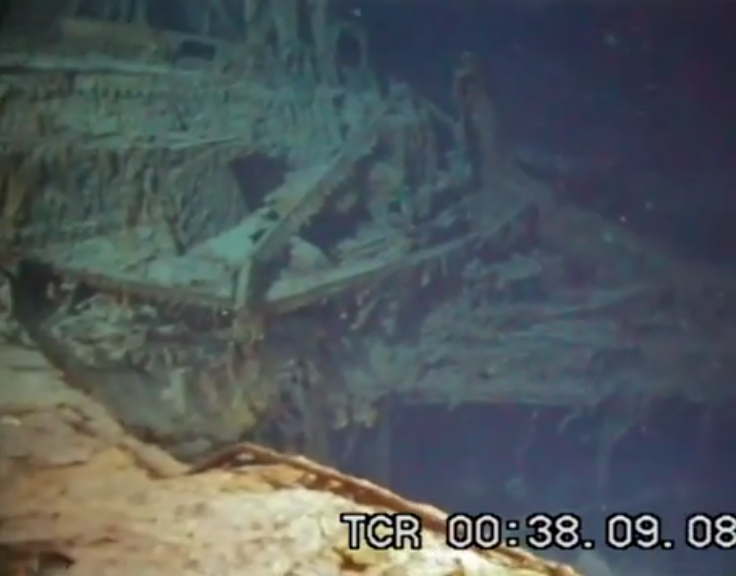
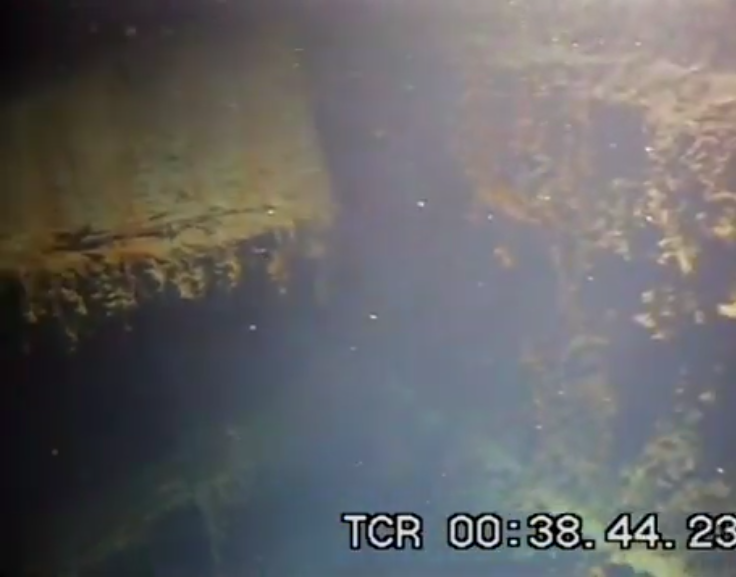
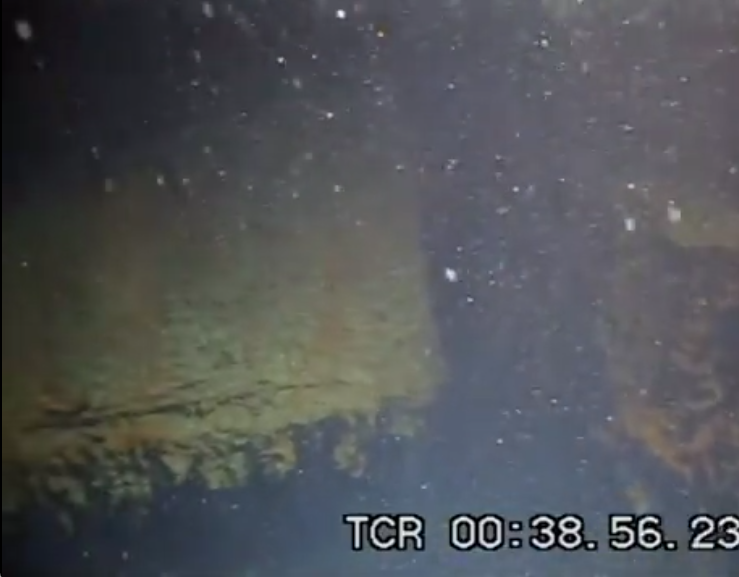
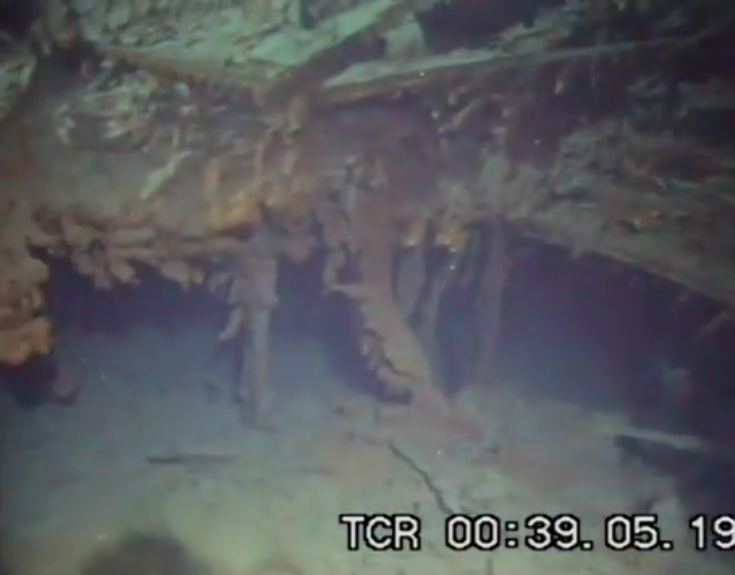
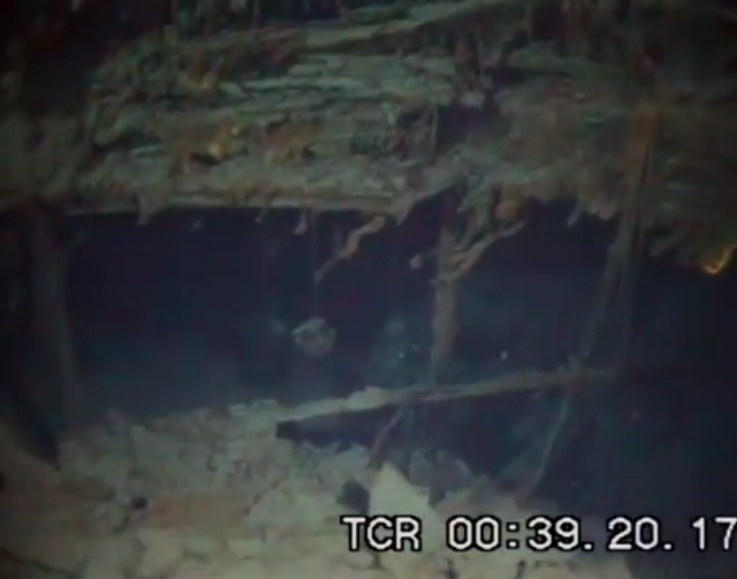
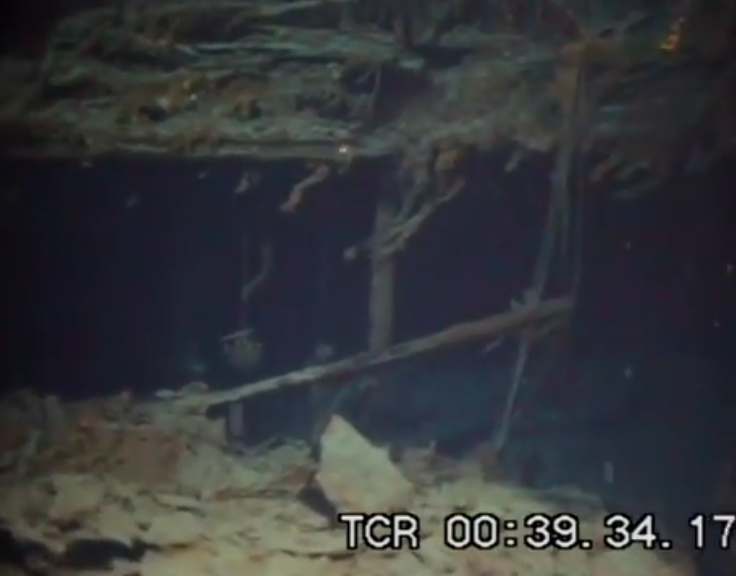
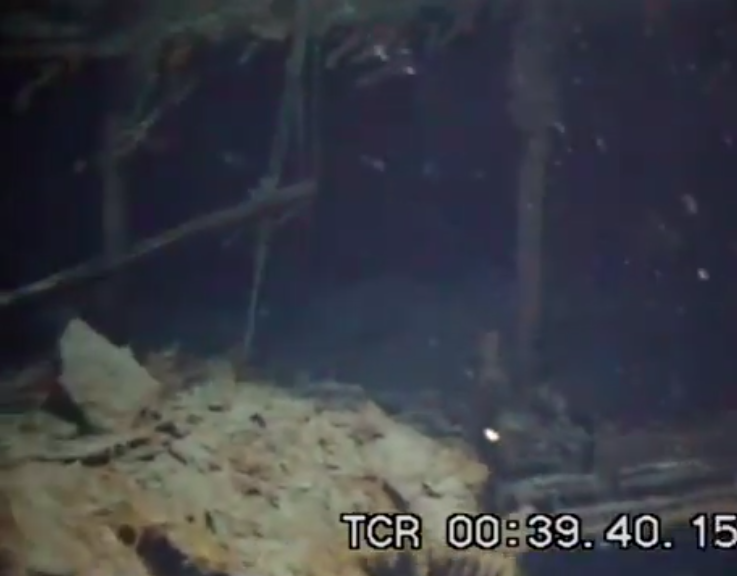
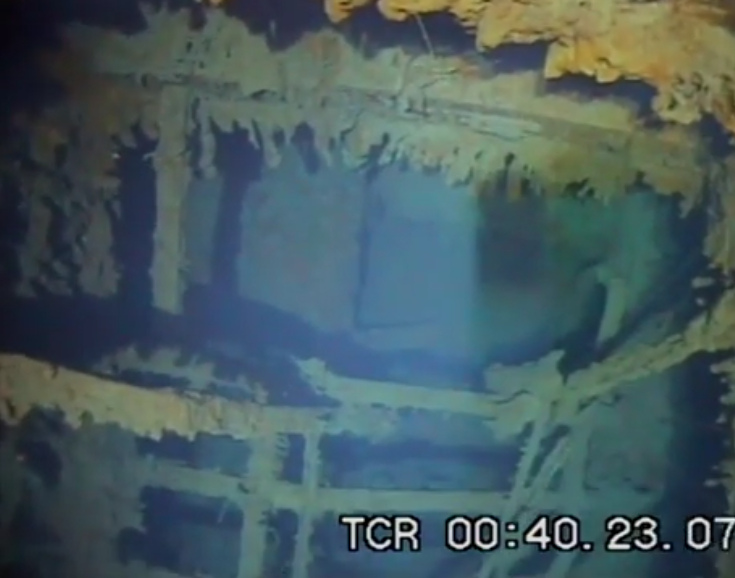
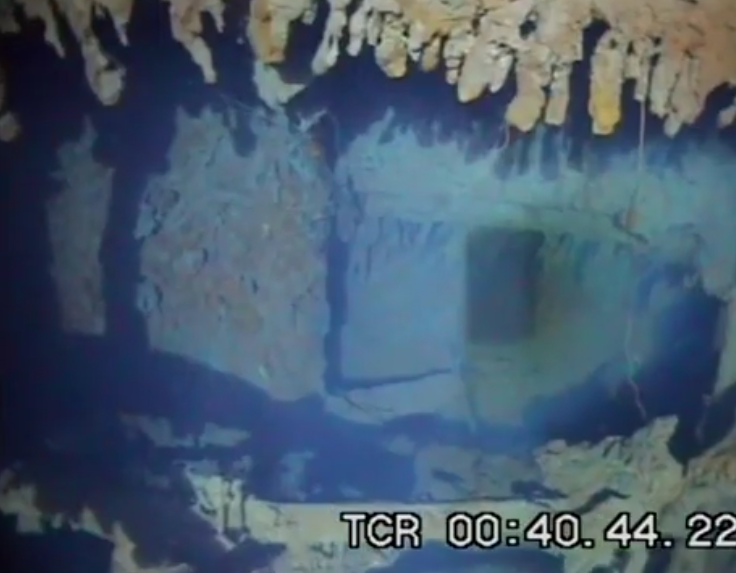
The case of the aft staircase was relatively straightforward. It was likely destroyed in the breakup of the ship on the surface. Pieces of that staircase are strewn through the debris fields around the wreck. As with much of the stern, little is easy to recognize and, save for the mammoth reciprocating engines, much is not where it was originally located when the ship was afloat.
Ballard’s initial hypothesis about the forward staircase was that wood bores had eaten away the woodwork over the years, leaving nothing behind them. This was challenged by later explorations as RMSTI recovered pieces of the ship’s woodwork from the debris field and deep interior explorations found intact wood throughout the bow section.
When director James Cameron brought Titanic’s story to the big screen once again in 1997 in his epic motion picture, he hit upon a new theory: that the staircase was lifted up and out through the shattered dome. While the theory originated from the way his set, built to the same specifications, reacted to flooding (nearly trapping some of the cast), it did seem to fit some eyewitness accounts (were descriptions of the bow rearing up out of the icy water really people seeing the massive staircase?). While debris from at least one of the two staircases was among the flotsam on the surface as lifeboats were picked up and as bodies were later recovered, this theory has also been challenged by subsequent scholars.
The pattern of the debris that can be traced back to the forward staircase, much of which rests directly behind the broken end of the bow section, gave rise to a third theory. This one posits that the staircase was shattered by the flow of water backward as the bow struck the ocean floor and came to a sudden and violent stop. This flow of water would have carried much of the staircase structure back through the superstructure and, where possible, out the back end where the break occurred. The remains of the fabulous candelabra located at the D deck landing were found here in 2010. It is believed that the famous clock, or at least what remains of it, may lie either somewhere in the tangle of wreckage inside the ship or may now lay at the bottom of the well where the staircase once stood.
Today, parts of each of the grand staircases survive. The twisted candelabra is visible on the ocean floor, as are pieces of the aft staircase’s wrought iron dome. The base of the cherub that once graced the forward A deck landing has been recovered, as has one of the smaller cherubs that stood on the flanking newel posts of the aft staircase on C deck. These pieces tell a story of a beautiful, brief life and a swift and very violent end for spaces that can be considered among the most luxurious and beautiful ever to go to sea.
Text: Nick DeWitt
Photos: James Cameron (2005 Expedition)

